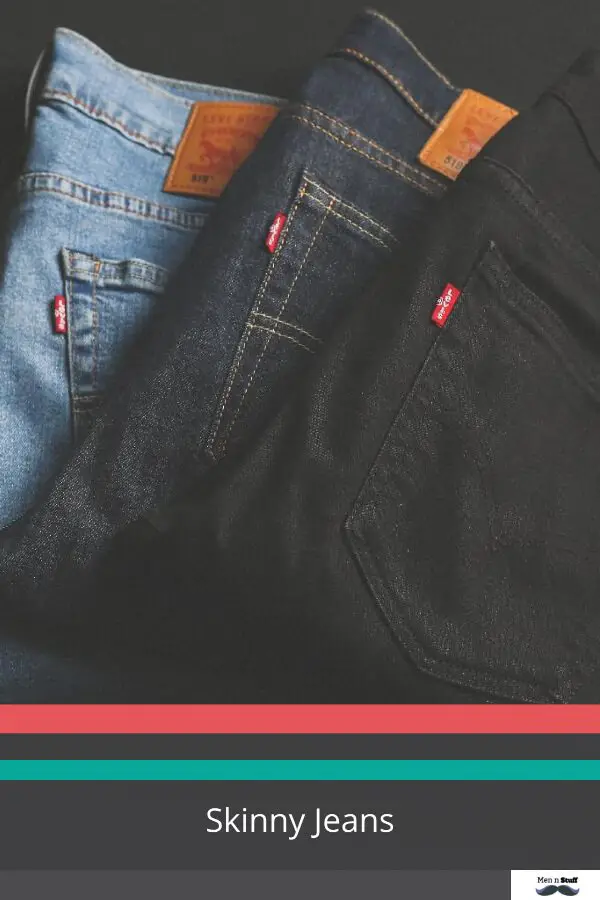The Middle East is known for being a melting pot of different cultures. What many people don’t realize is that some traditions in the Middle East have roots before Islam. In this article, we will explore five middle eastern fashion traditions from pre-Islamic times.
7 Middle Eastern Fashion Traditions From Pre-Islamic Times
Hijab
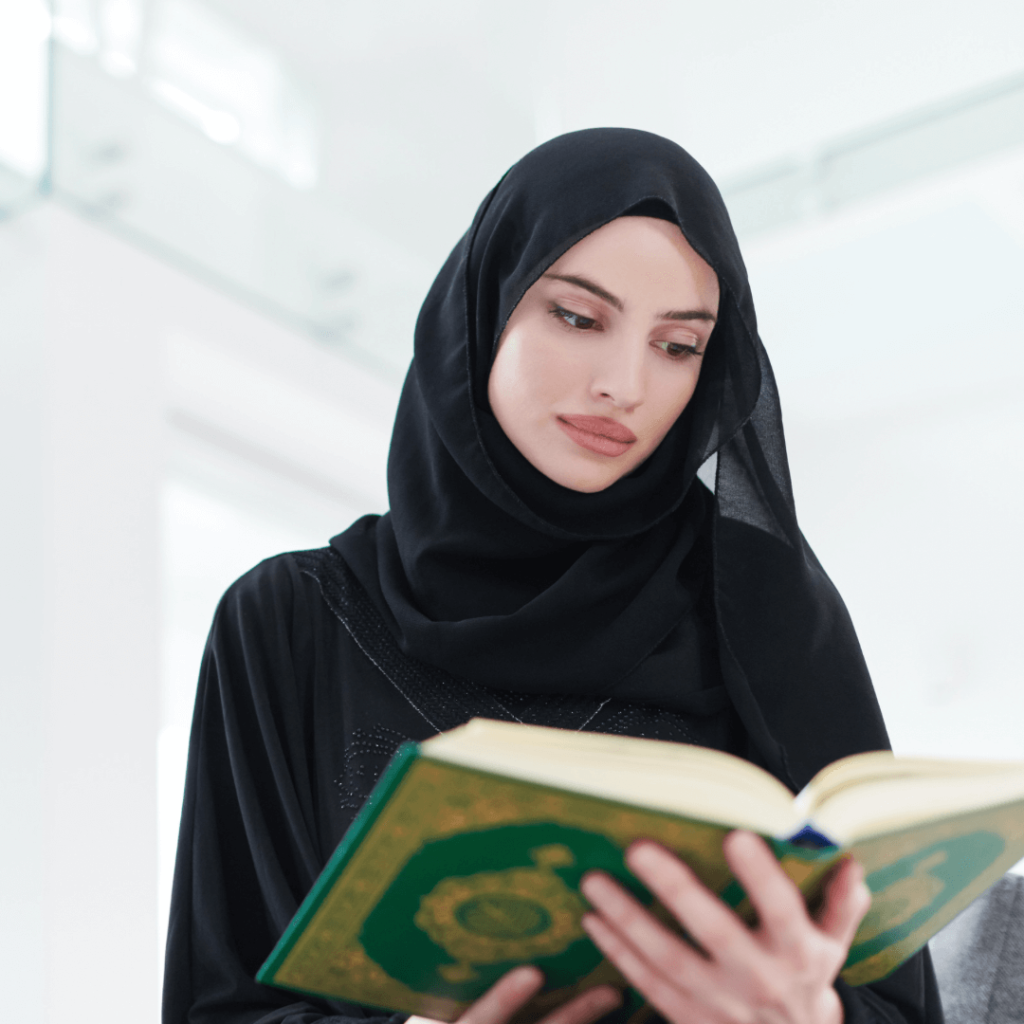
A hijab is a scarf or headscarf worn by Muslim women and girls that covers the hair, ears, neck, and chest. The word “hijab” comes from an Arabic term meaning “to cover” or to conceal something.
Hijabs are typically made of cotton fabric with silk fringes at one end. There are many different styles for wearing hijabs which represent regional differences in the Middle East as well as personal preferences.
In some countries such as Saudi Arabia, Albania, and Afghanistan it’s illegal for men to see a woman not related to them without her being covered up – this is known as a ‘chador’ or an ‘overcoat’.
While most people tie their scarves around their heads, some people prefer to have their scarves draped around their shoulders.
The hijab is a symbol of modesty and privacy in Islam because it prevents men from having conversations with or seeing women who are not related to them and vice versa outside of marriage.
Women wear hijabs for many reasons such as religious beliefs, culture, or tradition but they also believe that wearing a hijab gives them honor by keeping themselves guarded.
Abaya
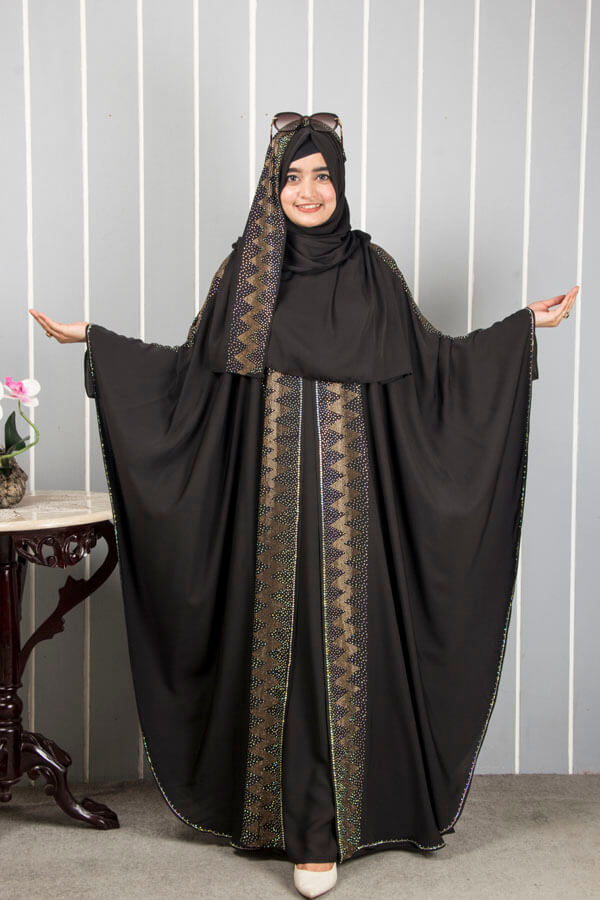
The abaya is a loose-fitting garment that covers the whole body apart from the face, hands and feet. It’s worn by women to cover their bodies when they’re out in public because it can be seen as immodest if a woman wears a short skirt or top that reveals her arms or legs – this custom has been followed since pre-Islamic times. The abaya gives an impression of modesty and chastity for both men and women while also being protective against harsh desert winds.
It was originally designed as protection from sand storms, and sun rays during very hot days and cold nights with freezing temperatures but over time its purpose changed into only protecting religious values.
An abaya will typically reach down to just below the ankles and the sleeves will be tight at the wrist.
Different colors denote a different social status: Black abayas were worn by slaves, blue was for middle-class citizens and green was reserved for royalty. Today this custom is not as strictly followed but it does still exist in certain areas of society where class distinction is key to their culture.
Chador
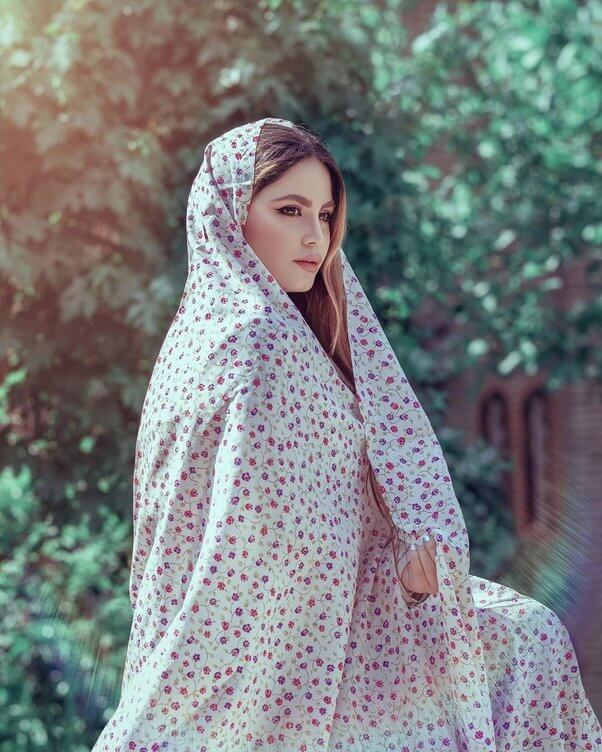
The chador is a full-body cover that leaves only the face exposed. It is worn by Muslim women in much of South and Central Asia, including Pakistan (even though this country is not Muslim majority).
This covers up an entire body except for hands and head because it was originally designed to protect from harsh desert winds while also being protected against sand storms, sun rays during very hot days and cold nights with freezing temperatures; but over time its purpose changed into only protecting religious values. Today there are many variations on how people wear the chador depending on their region or culture but they all share one thing: modesty.
Niqab
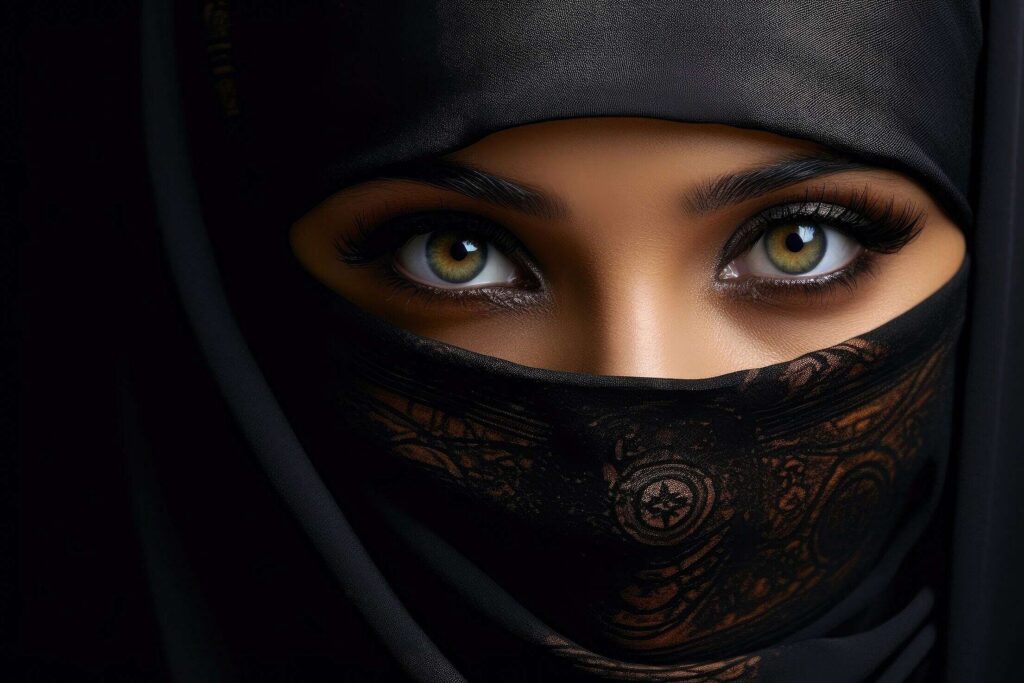
The niqab is a veil that covers the entire head and face with only slits for the eyes. It differs from other types of veils because it has no holes on top, which means that women who wear this must hold their breath while talking to others as they can’t just lift up the cloth in order to see them.
Burqa

The burqa is a type of dress that covers the entire body from head to toe. It differs from other types of veils because it has no holes on top, which means that women who wear this must hold their breath while talking to others as they can’t just lift up the cloth in order to see them.
This type of clothing was originally designed by men so that wives would not be able to talk or interact freely with unknown people outside their home but today many Muslim women choose this garment themselves out of religious duty even though there are some risks involved when doing so such as being judged by society for how she chooses to dress. The most common colour worn with these outfits is black due to its ability to hide any form or figure.
Jilbab
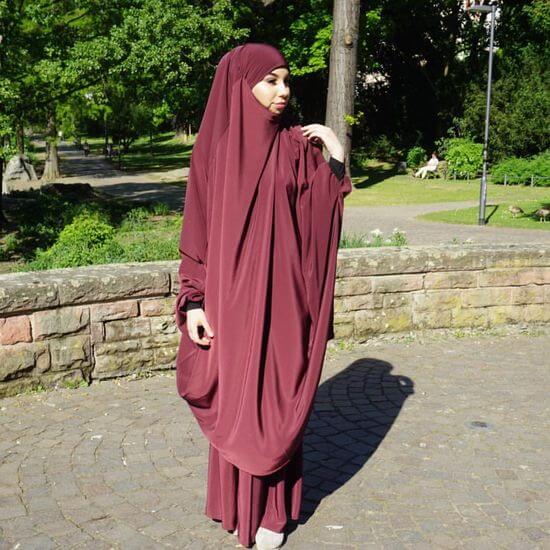
The Jilbab is a robe that covers the whole body from head to toe. It differs from other types of veils because it has no holes on top, which means that women who wear this must hold their breath while talking to others as they can’t just lift up the cloth in order to see them.
Thobe
A thobe is a long, loose-fitting garment that extends to the wearer’s ankles. It typically has wide sleeves and trousers with an ankle-length hemline. The word “thawb” (ثوب) means both ‘a dress’ or ‘a piece of clothing’. In Modern Standard Arabic it refers only to men’s garments; in vernacular speech (‘Taymiyyah), however, this may vary depending on region and sex.
The traditional Arabian shirt can be traced back as far as Ancient Mesopotamia around 3500 BC where we find clear depictions of similar garb worn by ancient Assyrians and Babylonians who used these outfits for festivals called “Hursag Somalia”.
References:
https://www.quora.com/What-did-people-wear-in-pre-Islamic-Arabia

